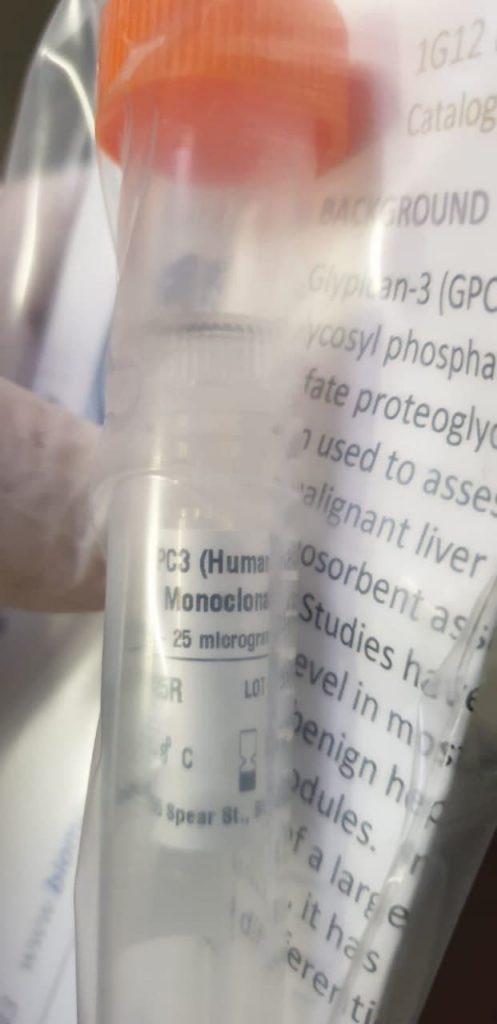Effect of bovine viral diarrhea virus on subsequent infectivity of bovine gammaherpesvirus 4 in endometrial cells in major culture: an in vitro mannequin of viral co-infection
Bovine viral diarrhea virus (BVDV) and bovine gammaherpesvirus 4 (BoHV-4) infect the uterus of cattle, being answerable for large financial losses. Most of the pathogenesis of BoHV-4 in the bovine reproductive tract has been elucidated by conducting exams on major cultures. Thus, it’s important to have optimum in vitro situations, avoiding the presence of different pathogens that may alter the outcomes. BVDV is one of the most frequent viral contaminants of cell cultures. Considering that non-cytopathic (NCP) BVDV biotype can generate persistently contaminated (PI) cattle, that are the main supply for virus transmission in inclined herds, it’s important to examine merchandise derived from cattle which are meant to be used in analysis laboratories.
The intention of this work was to consider how the pure an infection of bovine endometrial cells (BEC) with a NCP BVDV pressure (BEC + BVDV) impacts BoHV-Four replication. We have demonstrated a delay in BoHV-Four gene expression and a lower in viral load in the extracellular surroundings in BEC + BDVD cells in contrast to BEC (BVDV-free) cells. These outcomes verify that replication of BoHV-4 in BEC major cultures is affected by earlier an infection with BVDV. This discovering highlights the significance of ruling out BVDV an infection in bovine major cell cultures to keep away from organic interference or misinterpretation of outcomes at the time of performing in vitro research with BoHV-4.

Cellular iron storage and trafficking are affected by GTN stimulation in major glial and meningeal cell culture
A well-balanced intracellular iron trafficking in glial cells performs a position in homeostatic processes. Elevated intracellular iron triggers oxidative stress and cell harm in many neurological issues, together with migraine. This examine aimed to examine the results of glyceryl trinitrate (GTN), on mobile iron homeostasis, matrixmetalloproteinase (MMP)-9, and calcitonin gene associated peptide (CGRP) receptor (CRLR/CGRPR1) manufacturing in microglia, astrocyte, and meningeal cell cultures. Primary glial and meningeal cells in culture had been uncovered to GTN for 24 h. Messenger RNA expression was assessed utilizing qPCR. Iron accumulation was visualized by way of modified Perl’s histochemistry. MMP-9 ranges in cell culture supernatants had been measured utilizing ELISA. Ferritin and CRLR/CGRPR1 proteins had been visualized by way of immunofluorescence staining.
[Linking template=”default” type=”products” search=”Chicken Mast/stem cell growth factor receptor ELISA Kit” header=”2″ limit=”133″ start=”4″ showCatalogNumber=”true” showSize=”true” showSupplier=”true” showPrice=”true” showDescription=”true” showAdditionalInformation=”true” showImage=”true” showSchemaMarkup=”true” imageWidth=”” imageHeight=””]
Nitric oxide manufacturing elevated considerably with GTN in meningeal and glial cells. GTN considerably elevated the expression of the storage protein ferritin for all three cell varieties, however ferritin-L for meningeal cells and microglia. Iron trafficking related to the efflux protein ferroportin and inflow protein divalent metallic transporter (DMT)1 was affected in another way in all three cell varieties. MMP-9 expression was elevated in astrocytes. GTN stimulation elevated each CRLR/CGRPR1 expression, and immunostaining was obvious in microglia and meningeal cells.
This examine confirmed for the first time that GTN modulates intracellular iron trafficking regulated by storage and transport proteins expressed in meningeal cells and glia. CRLR/CGRPR1 expression may be associated to altered iron homeostasis and so they each might stimulate nociceptive pathways activated in migraine. These molecules expressed in another way in glial and meningeal cells in response to GTN might deliver not solely new targets ahead in remedy but in addition prevention in migraine.

